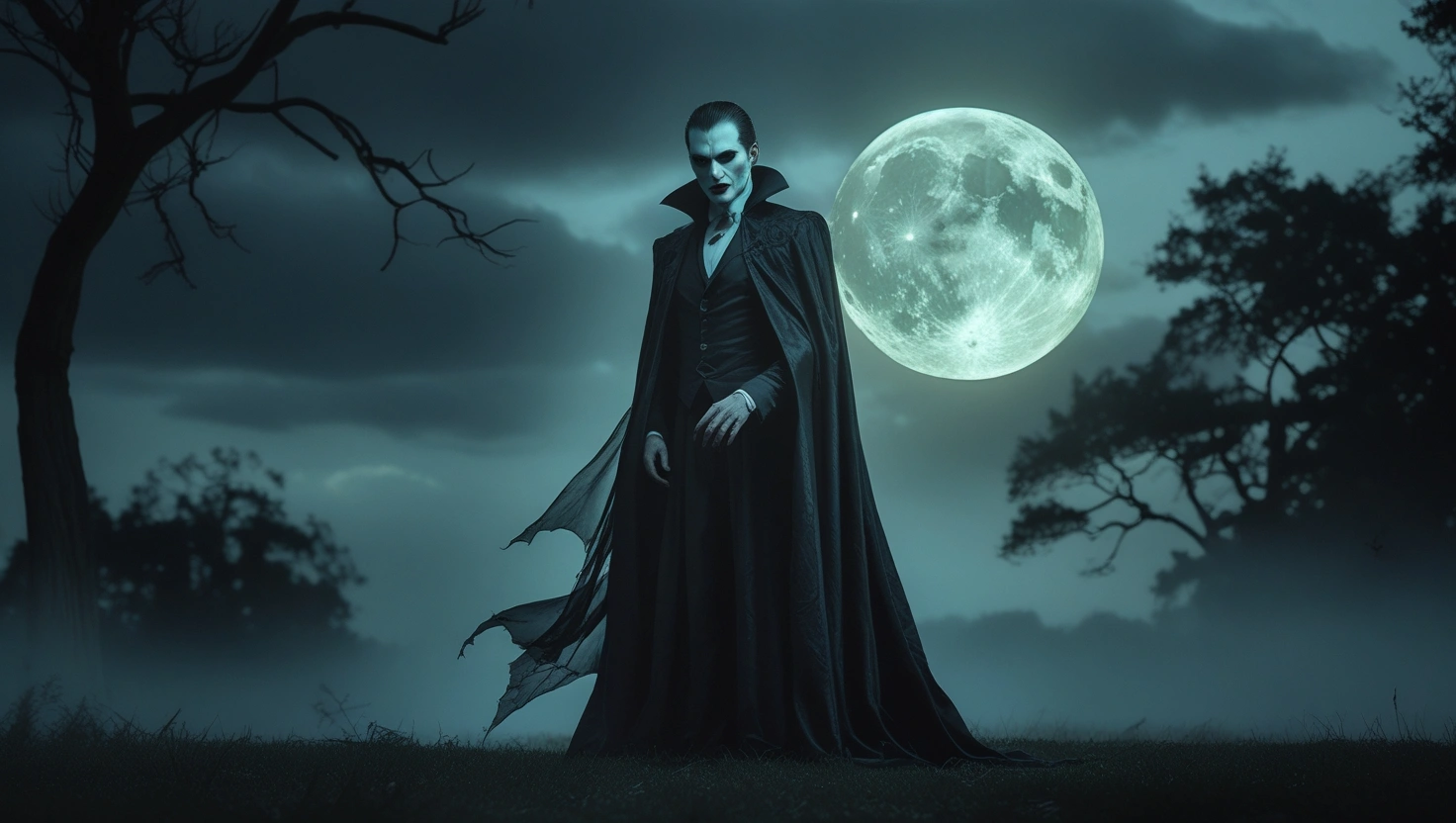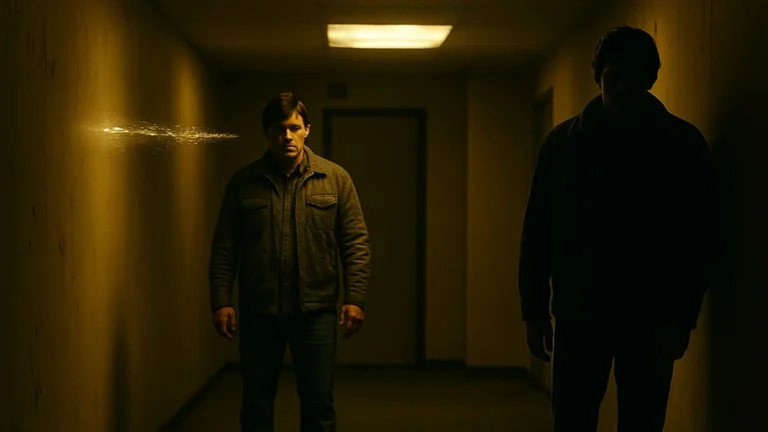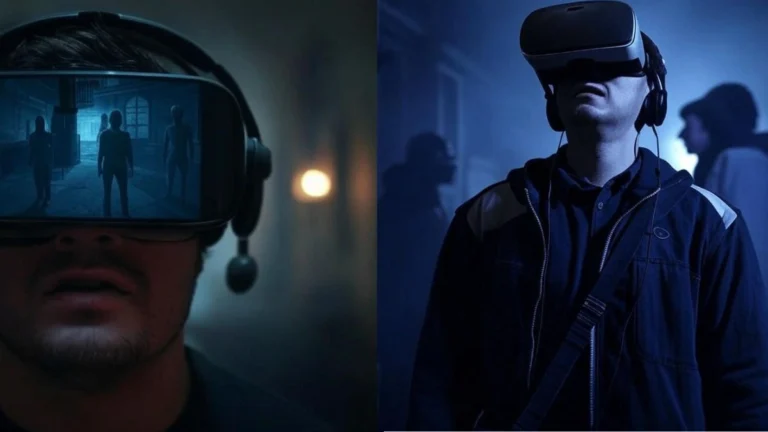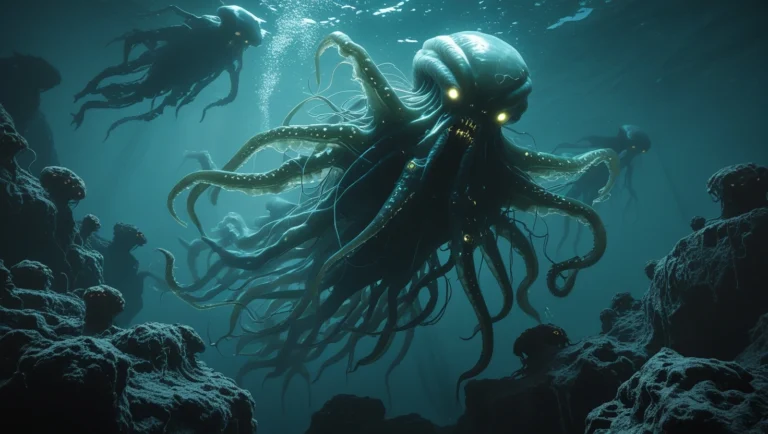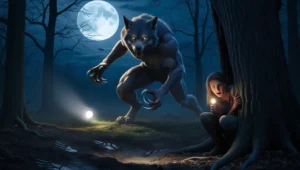Vampires have haunted human imagination for centuries, but some historical figures and events blurred the line between myth and terrifying reality. From blood-drinking nobles to exhumed corpses that “refused to stay dead,” here are seven chilling cases that fueled vampire legends.
1. Vlad the Impaler (1431–1476) – The Real Dracula
Why People Thought He Was a Vampire
- Brutal Bloodlust: Vlad III impaled thousands of enemies, sometimes drinking their blood.
- Psychological Warfare: He left forests of corpses to terrify invaders (Ottomans called him “The Impaling Prince”).
- Inspiration for Dracula: Bram Stoker borrowed his name and reputation.
🔹 Was he really a vampire? No—but his cruelty was monstrous enough to inspire the legend.
2. Elizabeth Báthory (1560–1614) – The Blood Countess
History’s Most Notorious Female “Vampire”
- Accused of killing 650+ girls to bathe in their blood (believing it kept her young).
- Servants testified she bit victims and drank their blood.
- Died imprisoned in her castle, possibly walled alive.
🔹 Fact or fiction? Many claims were exaggerated, but she was definitely a serial killer.
3. Peter Plogojowitz (1725) – The Serbian Vampire Panic
The Corpse That Wouldn’t Stay Dead
- After Plogojowitz’s death, villagers began dying suddenly.
- His exhumed body had “fresh” blood in its mouth and new fingernails.
- They staked him, and the deaths stopped.
🔹 Modern explanation: Decomposition gases can make corpses bleed from the mouth.
4. Arnold Paole (1726) – The Vampire Who Started an Epidemic
A Case That Terrified Even the Government
- Paole claimed he became a vampire after being attacked by one.
- After his death, 17 villagers died mysteriously.
- Authorities exhumed him—his body was “undecayed” with blood at the mouth.
- They burned his heart; deaths ceased.
🔹 Why this matters: This case led to official vampire investigations in Europe.
5. Mercy Brown (1892) – New England’s Last Vampire
America’s Own Vampire Scare
- After Mercy died of tuberculosis, her family started dying one by one.
- Villagers exhumed her—her heart still had liquid blood (likely from freezing temps).
- They burned her heart, mixed ashes with water, and fed it to her sick brother (who died anyway).
🔹 TB connection: Many “vampire” cases were actually tuberculosis outbreaks.
6. Jure Grando (1656–1676) – The First Recorded Vampire
The Man Who Terrorized Croatia for 16 Years
- After Grando’s death, he allegedly returned at night, knocking on doors—whoever heard it died within days.
- Villagers claimed he laughed while drinking blood from victims.
- They finally decapitated him, ending the terror.
🔹 Possible truth: A case of severe folklore panic.
7. The Highgate Vampire (1970s) – London’s Gothic Panic
The Last Great Vampire Scare
- In the 1970s, rumors spread of a tall, shadowy figure haunting London’s Highgate Cemetery.
- Graves were found desecrated, with corpses beheaded or staked.
- Self-proclaimed vampire hunters patrolled the cemetery, leading to hysteria.
- Later revealed as a hoax and mass hallucination, but still a fascinating case of modern vampire fear.
🔹 Why it’s unique: Shows how vampire myths persisted even in the 20th century.
Why Did People Believe in Vampires?
- Misunderstood decomposition: Bodies bloat, bleed, and grow hair/nails after death.
- Disease outbreaks: TB (consumption) made victims pale and cough blood.
- Religious fear: Evil spirits, revenants, and the “undead” were part of folklore.
🧛 Final Thought: While real vampires don’t exist, these stories show how fear, disease, and superstition created monsters out of men.
Which story creeps you out the most? Share your thoughts below!
